T4K3.news
Flash floods claim hundreds in India and Pakistan
A cloudburst in the Himalayan region triggers flash floods across India and Pakistan, killing hundreds and forcing large scale evacuations.

A cloudburst in the Himalayan region triggers flash floods across India and Pakistan, killing hundreds and forcing large scale evacuations.
Flash floods claim hundreds in India and Pakistan
Flash floods triggered by torrential rains swept through northern Pakistan and Indian Kashmir, killing hundreds and leaving many more missing. Officials in Pakistan reported a rising death toll in the northwest and a surge of rescue operations using boats and helicopters to reach stranded communities. A relief helicopter en route to the flood hit by bad weather crashed, killing all five people on board. In India, floods and landslides disrupted a major Hindu pilgrimage and compelled thousands to evacuate. Authorities say cloudbursts, intense but short lived downpours, are becoming more common in the region, a pattern some scientists tie to climate change and growing development pressures on mountain areas. Top leaders offered condolences and vowed swift relief as the search and rescue effort continues.
Key Takeaways
"Cloudbursts test every seam of the mountain world"
captures the way sudden floods threaten remote communities
"Resilience grows when aid arrives fast and care travels farther"
emphasizes the human response to disaster
"Climate change adds weight to risks from terrain and weather"
connects the event to a wider scientific trend
Experts say the disasters highlight a broader shift in weather patterns and the vulnerability of mountainous transport routes. Climate change is likely making cloudbursts more intense, while rapid development has limited natural drainage in some valleys. The floods test regional disaster management, emergency coordination, and cross border cooperation as India and Pakistan juggle relief with public communication. The episode also underscores how quickly a humanitarian crisis can escalate when tourism and pilgrimage routes run through fragile terrain. The coming days will show how authorities adapt planning and investment to reduce risk for residents and travelers alike.
Highlights
- Cloudbursts test every seam of the mountain world
- Resilience grows when aid arrives fast and care travels farther
- Climate change adds weight to risks from terrain and weather
- Hope rides on boats and helicopters through the hardest moments
Political and public reaction risk from flood response
The disaster raises questions about disaster funding, cross border relief efforts, and the speed of government response. Public reaction and political considerations could influence how aid is distributed and how future investments are planned.
Recovery will depend on coordinated planning and sustained aid
Enjoyed this? Let your friends know!
Related News
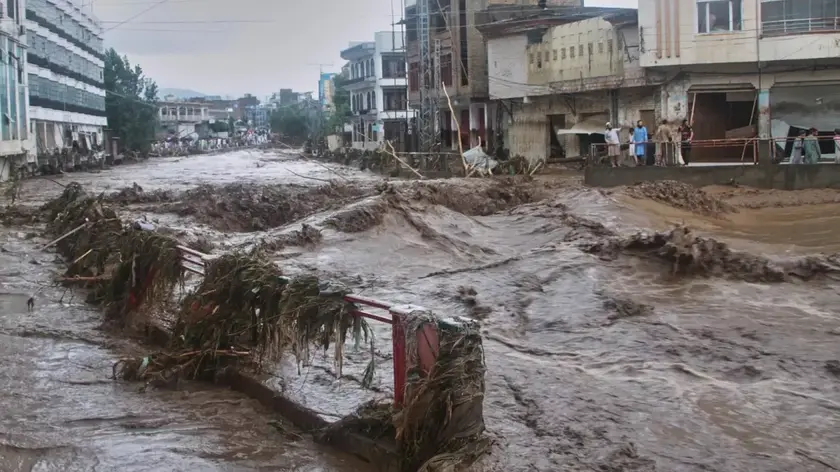
Flash floods kill hundreds in South Asia

Floods kill over 200 in India Pakistan
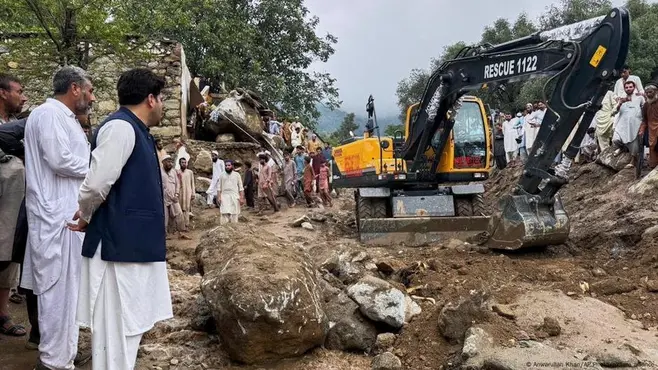
South Asia floods escalate
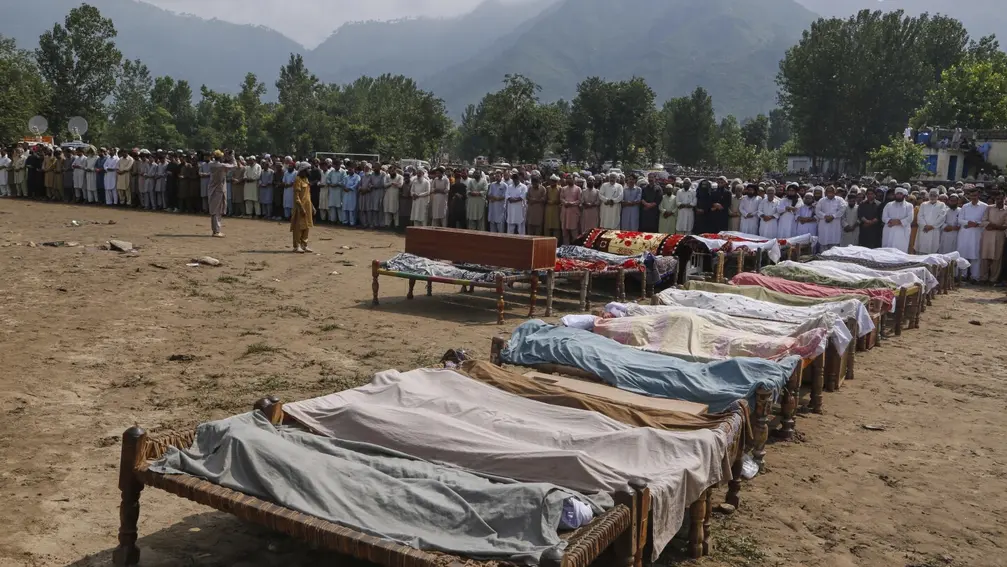
Pakistan floods update
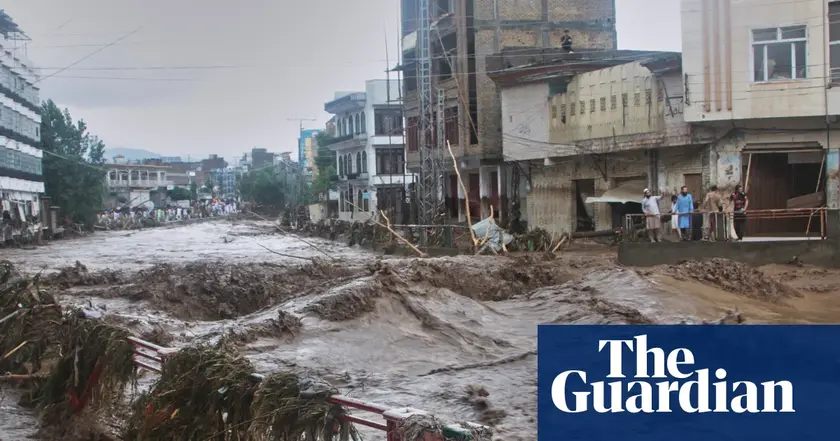
Flash floods update
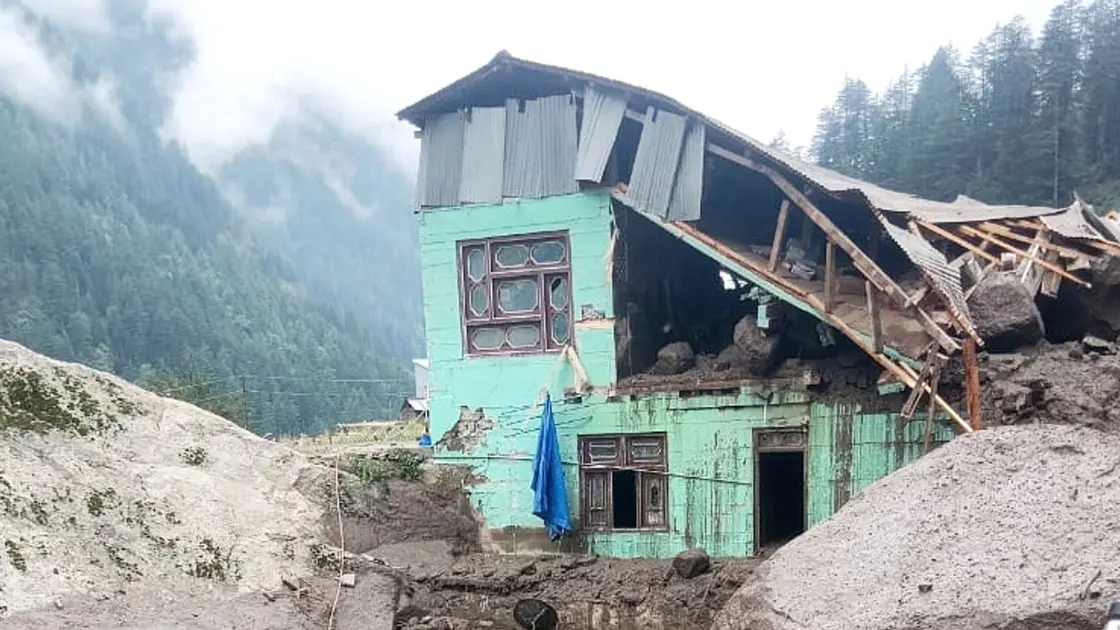
Rescue efforts continue after Kashmir floods claim 56 lives
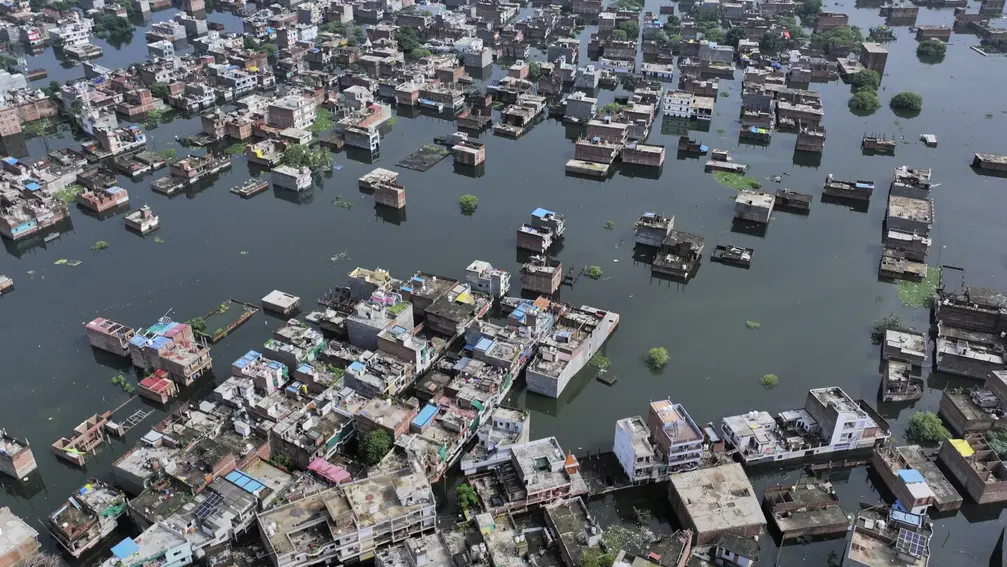
Flash floods kill at least 4 in northern India

Modi vows tougher line with Pakistan
